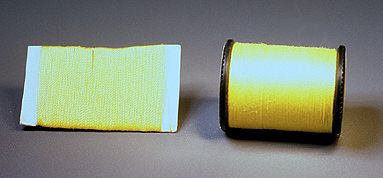
The most commonly appreciated expression of the chatoyance phenomenon is in the formation of cat'seyes and stars. When fibers, needles or channel-like inclusions within a gem align themselves parallel to one or more crystal faces and the gem is cut in the proper orientation with a moderate to high dome, a cat'seye or star figure appears. I've covered both of these in other essays, so in this writing I want to focus on those cases where the phenomenon is less organized.
When the parallel inclusions are oriented in patches, or not aligned with a crystal face, or when the gem is not cut so as to orient them, the result is a silky surface sheen simply called chatoyance. You can visualize the effect by comparing the reflections you'd see in silky thread wound on a spool versus that same thread wound around a flat card. The dome created by the spool concentrates the reflections into a band ( cat'seye) whereas the effect on the card is merely a generalized silky glow.

The most well known and available gem with this effect is tiger'seye and its bluish relative hawk'seye. Until just recently, tiger's eye was thought to be a "pseudomorph" meaning a mineral in which crystals of one material take on the form of another. Tiger'seye, in virtually all current gem books is called a chalcedony pseuodomorph of crocidolite (a form of asbestos).
I was quite surprised a while back to find the lead article in one of my science magazines devoted to new information on the structure of this popular gem. It seems that rather than chalcedony replacing crocidolite, this gem is actually a combination of crocidolite and layers of crystalline quartz (Science News, 4/26/2003). Of course it still looks the same, but I find it intriguing that after 130 years of authors writing about this gem in popular articles and gem reference books, new information can still be derived.
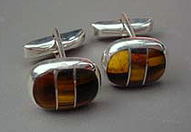
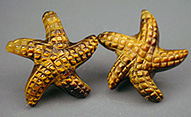
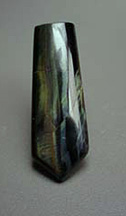
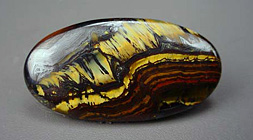
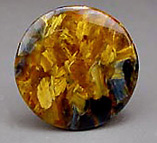
As the gem forms it is generally a blue-grey-green color, but when subjected to oxidizing conditions the iron in the crystals turns gold. Such conditions are common geologically, making the golden form much more prevalent than the blue. Enhancement by man has created "super-oxidized" pieces which are orangey red, and there are some garishly dyed pieces on the market as well. Closely related gems are tiger iron, which is a combination of jasper and tiger'seye, and Pietersite, which is a brecciated tiger'seye and/or hawk'seye.
Many other gems show varying degrees of chatoyance, including some corals, Amazonite, Charoite, serefinite, sapphire, ruby, and Smithsonite.
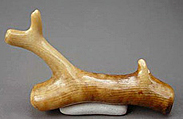
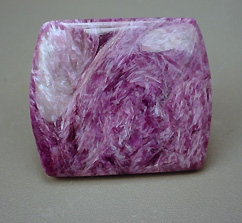
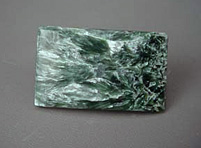
Aside from the overall rarity and quality of the gem in question, the degree of the chatoyance phenomenon would be the most important value setting aspect, with those displaying it more fully are considered more valuable.